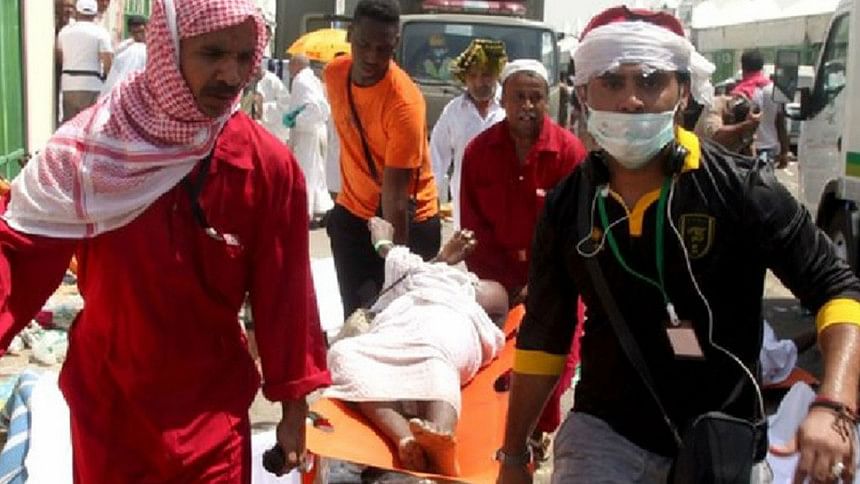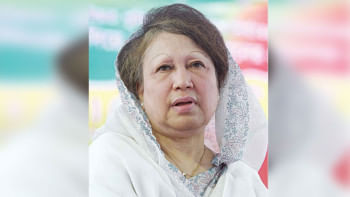Hajj stampede: Saudi king orders safety review

Saudi Arabia's King Salman has ordered a safety review for the Hajj pilgrimage after at least 717 people died in a stampede near the holy city of Mecca.
Another 863 people were injured in the incident at Mina, which occurred as two million pilgrims were taking part in the Hajj's last major rite.
It is the deadliest incident to occur during the pilgrimage in 25 years.
The king said there was a need "to improve the level of organisation and management of movement" of pilgrims.
In the latest reaction:
- A commission to investigate the crush has been formed by the Saudi government
-The Saudi health minister, Khaled al-Falih, said the crush occurred because many pilgrims moved "without respecting the timetables" established by authorities
- Ayatollah Ali Khamenei, the supreme leader of Iran, which lost at least 95 of its citizens in the crush, said the Saudi government "must accept the huge responsibility for this catastrophe"
- He added that "mismanagement and improper actions" were to blame
It is the second disaster to strike Mecca in two weeks, after a crane collapsed at the Grand Mosque, killing 109 people.
As part of the Hajj, pilgrims travel to Mina, a large valley about 5km (3 miles) from Mecca, to throw seven stones at pillars called Jamarat, which represent the devil.
The pillars stand where Satan is believed to have tempted the Prophet Abraham.
The accident occurred at 09:00 local time (06:00 GMT) as pilgrims were walking towards the five-storey structure which surrounds the pillars, known as the Jamarat Bridge.
Maj Gen Mansour al-Turki, a spokesman for the Saudi interior ministry, said the crush occurred when two large groups of pilgrims converged from different directions on to one street.
Photographs showed the bodies of dozens of pilgrims on the ground, some piled high. They were all dressed in the simple white garments worn during the Hajj.
"I saw someone trip over someone in a wheelchair and several people tripping over him," Abdullah Lotfy, from Egypt, told the Associated Press. "People were climbing over one another just to breathe."
"Dead bodies stretch as far as my eyes can see," said Bashir Sa'ad Abdullahi, the BBC's Abuja editor, who is in Mina.
The civil defence directorate said the victims were of "different nationalities", without providing details.
The BBC understands at least three Indonesians, and some pilgrims from Niger, are among the dead.
The UK Foreign Office said it was urgently seeking more information about whether British nationals were involved.
Hajj: Previous tragedies
2006: 364 pilgrims die in a crush at foot of Jamarat Bridge in Mina
1997: 340 pilgrims are killed when fire fuelled by high winds sweeps through Mina's tent city
1994: 270 pilgrims die in a stampede during the stoning ritual
1990: 1,426 pilgrims, mainly Asian, die in a stampede in an overcrowded tunnel leading to holy sites
1987: 402 people die when security forces break up an anti-US demonstration by Iranian pilgrims
The Saudi authorities have spent billions of dollars on improving transport and other infrastructure to try to prevent such incidents.
The Hajj is the fifth and final pillar of Islam. It is the journey that every able-bodied adult Muslim must undertake at least once in their lives if they can afford it.
The number of people attending Hajj rose from 57,000 in 1921 to a high of 3.2m three years ago, according to the Saudi Central Department of Statistics and Information.
That figure dropped to just over two million last year.

 For all latest news, follow The Daily Star's Google News channel.
For all latest news, follow The Daily Star's Google News channel. 



Comments